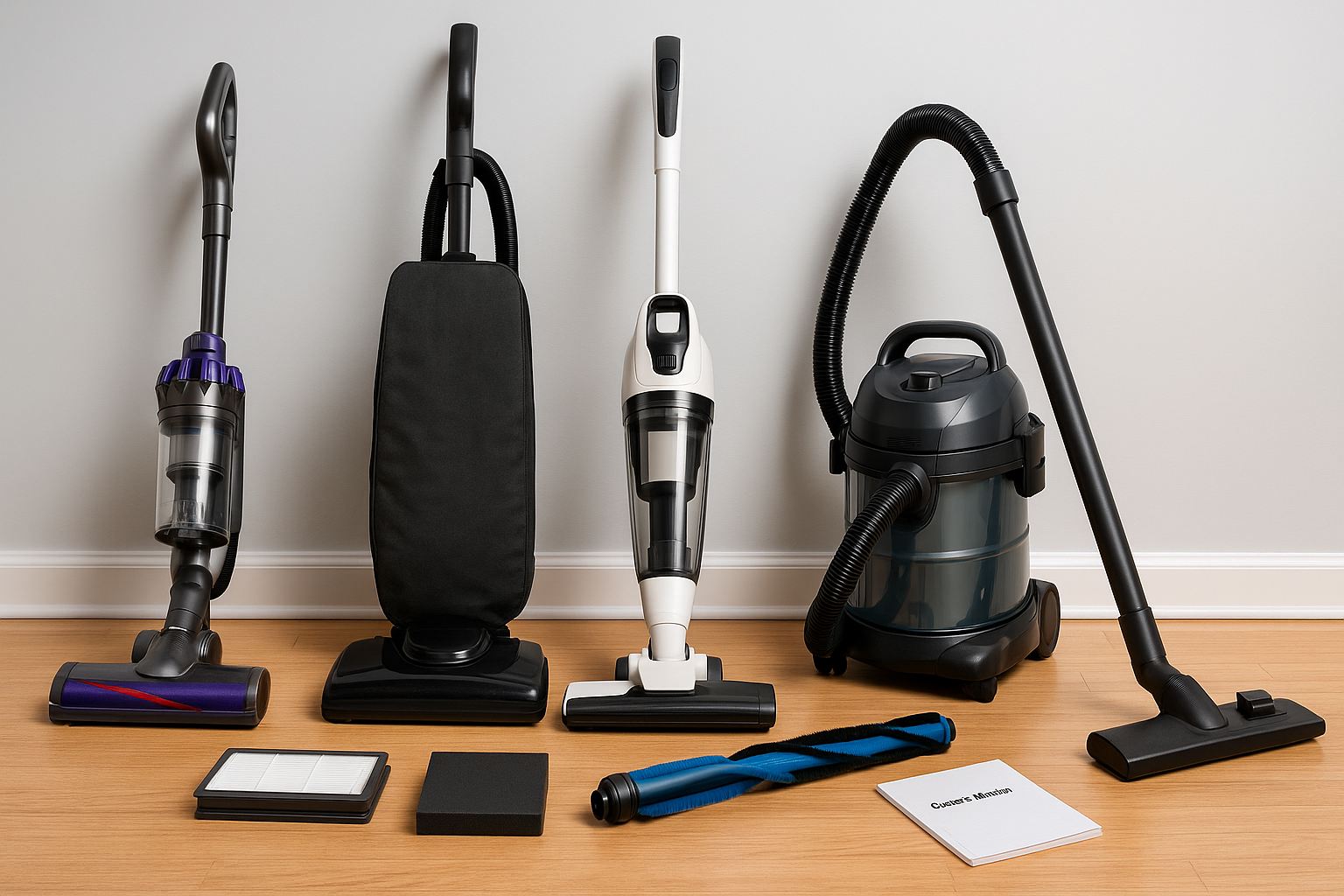
Buying a vacuum cleaner seems simple enough—until you discover your new purchase underperforms or dies too quickly. As a cleaning technology specialist and reviewer, I’ve seen certain pitfalls repeat across thousands of dissatisfied buyers. Here’s your expert warning.
Focusing Only on Suction Power
While strong suction power grabs attention, it’s only part of the equation. HEPA-level filtration, manageable weight, and the right attachments are just as essential. A vacuum that’s loud or too heavy often Ignoring Runtime and Power Options
Models marketed for long runtime often perform poorly after just a few months. Buyers frequently overlook product durability. According to a detailed review on Tom's Guide, many popular cordless models lose efficiency quickly when dual-use corded/cordless flexibility isn’t matched by battery quality.
Overlooking Hidden Costs
Here’s where 90% of buyers get tripped up: replacement parts. Filters, batteries, and even brush kits can add hundreds in maintenance within a year. Industry expert reviews on CNET highlight that some manufacturers charge premium prices for filters—even when suction, noise, or performance is no longer up to par.
Misjudging Portability and Noise Levels
Some vacuums advertised for portability turn out awkwardly bulky or noisy when deployed. Buyers underestimate the impact of robotic alternatives—those with quiet motors, compact form, and wet/dry support often outperform in real home settings, especially for families.
Assuming All Brands Test the Same
Not all manufacturers rigorously test their units. Some advertise specs like runtime or corded/cordless capability but don’t back them with independent testing. A truly reliable vacuum cleaner brings together suction power, filtration, weight, noise, attachments, runtime, corded, cordless, portability, wet, dry in one well-balanced package.
For deeper insight into vacuum maintenance, hidden costs, and model comparisons, visit www.lxvacuum.com.

















